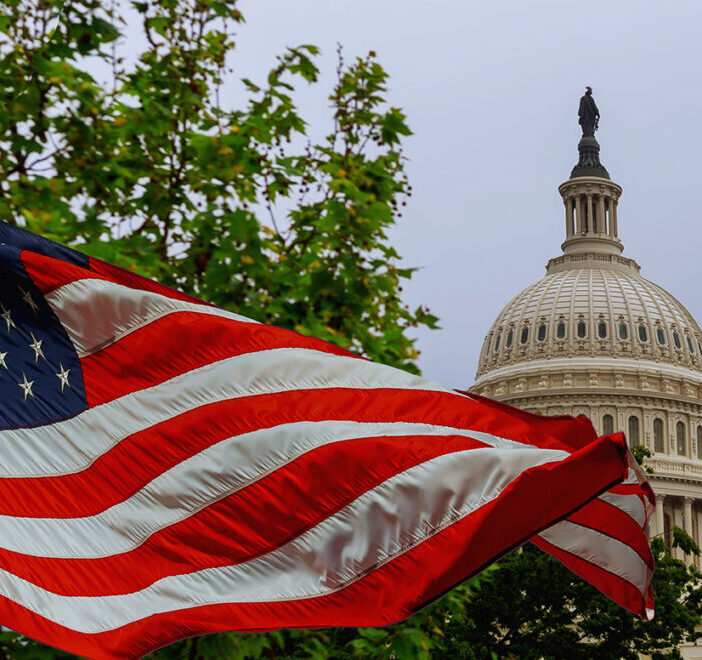Medicaid and Community Health Workers
According to the MACPAC Issue Brief Medicaid Coverage of Community Health Worker Services, federal and state policymakers’ interest in expanding Medicaid coverage of services provided by community health workers (CHWs) has been growing, given the potential role of CHWs in helping Medicaid beneficiaries, who have historically not been well served by the health care system, navigate and access services. Medicaid payment for CHW services is expanding and is now offered in 21 states, in their state plan or under managed care arrangements. Additional states are looking to build on their community-based workforce and are considering CHW services.
Who are CHWs? The American Public Health Association definition of CHW is widely used: “a frontline public health worker who is a trusted member of and/or has an unusually close understanding of the community served.” The defining feature of CHWs is their connection to their community and clients based on their shared socioeconomic and cultural background, often serving the communities in which they reside. For example, promotores(as) are CHWs serving Hispanic or Latino communities, and community health representatives (CHRs) are CHWs who serve American Indian and Alaska Native communities. CHWs provide culturally congruent, person-centered services that bridge health and social service systems and improve the health and well-being of the people they serve, promoting health equity and helping to address disparities. CHW services may include health promotion and education, patient outreach and follow-up, assistance in navigating the health care system, social-emotional support, translation and interpretation services, and care coordination and case management.
The need to expand this important workforce has taken on new urgency. CHWs have provided critical services to communities disproportionately impacted in the face of the COVID-19 pandemic by conducting outreach to community members who isolated in their homes, providing education on prevention measures, and connecting people with COVID-19 testing and treatment resources. CHWs have also participated in community-focused vaccine education and outreach efforts.
Many state Medicaid programs use CHWs as part of their strategy to build capacity in addressing the needs or managing the care of specific populations, including older adults with complex behavioral or physical health needs and older adults with frequent hospital admissions or repeated instances of avoidable ED use.
There is strong evidence that CHWs can improve health outcomes and quality of care and reduce health care costs. For example, a study of the Arkansas Community Connector Program, in which CHWs identified people with unmet long-term care needs in three disadvantaged counties and connected them to Medicaid home and community-based services (HCBS), found a 23.8 percent average reduction in annual Medicaid spending per participant during a three-year period. This resulted in $2.6 million in net savings for the Arkansas Medicaid program. Of course, as Medicaid payment for CHW services grows, the workforce with core competencies may not meet the demand and finding people to hire might be a familiar challenge for providers.
For LeadingAge members who provide HCBS services, the expansion of CHWs in the workforce is good news. CHWs are very effective at finding hard to reach older adults and supporting them to navigate and enroll in a greater range of HCBS services. Studies show that compared to standard HCBS outreach approaches, CHWs are more successful helping Medicaid beneficiaries with unmet LTC needs access HCBS.
The MACPAC Issue Brief, which conducted a review of publicly available information on Medicaid CHW services is found at https://www.macpac.gov/wp-content/uploads/2022/04/Medicaid-coverage-of-community-health-worker-services-1.pdf

Most Recommended
January 14, 2025
CAST’s Evolution: Reflection on What’s Ahead
February 21, 2025
 Improving Medicare Advantage
Improving Medicare Advantage
Recently Added
March 02, 2025
HHS Secretary to Limit Public Rulemaking Participation
March 02, 2025



